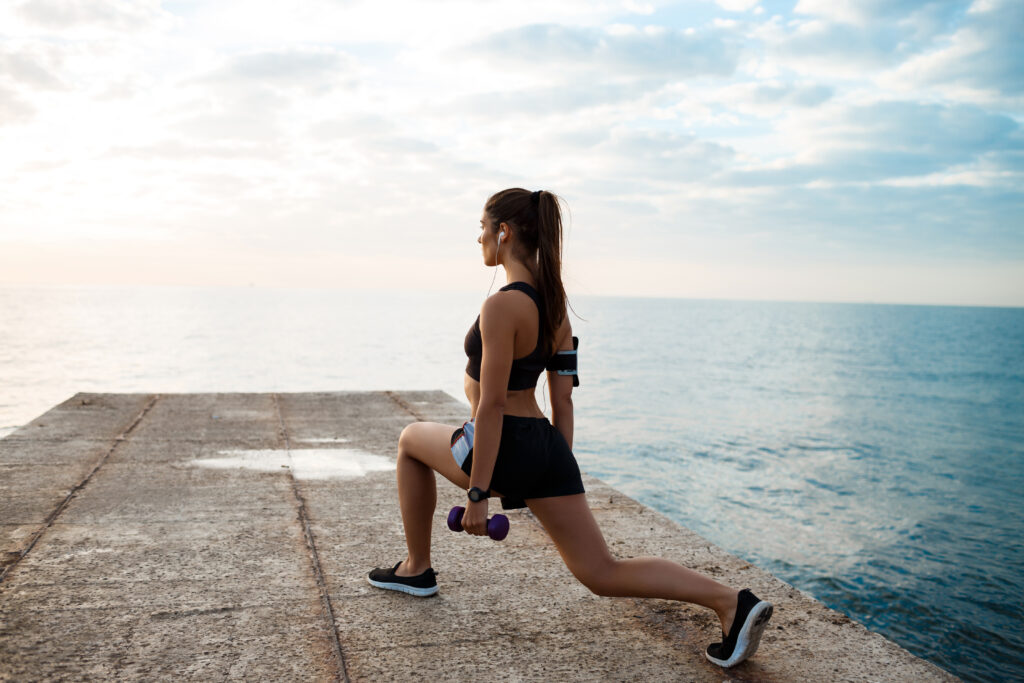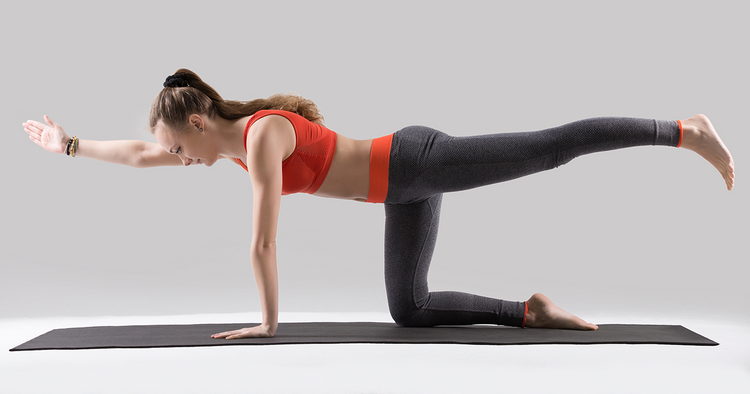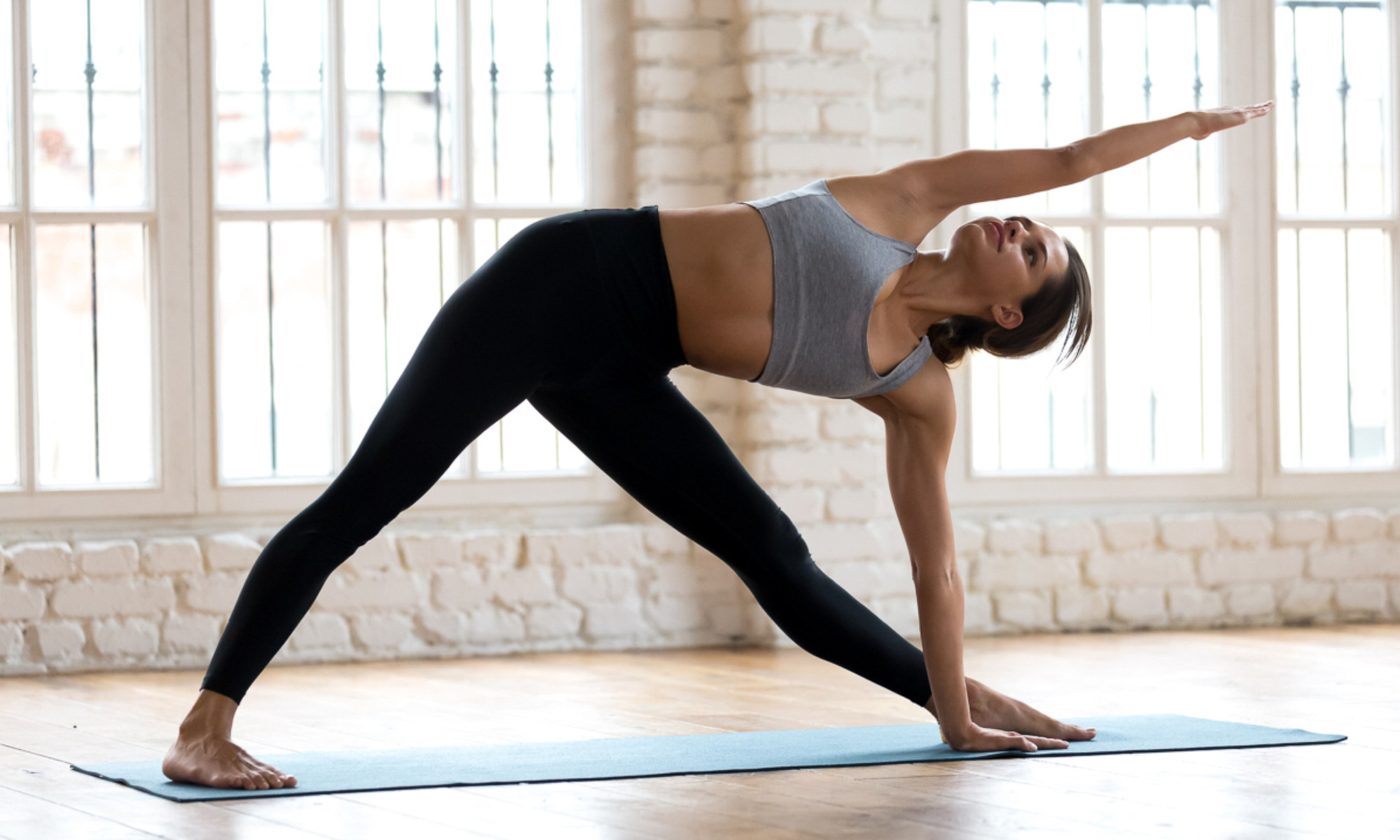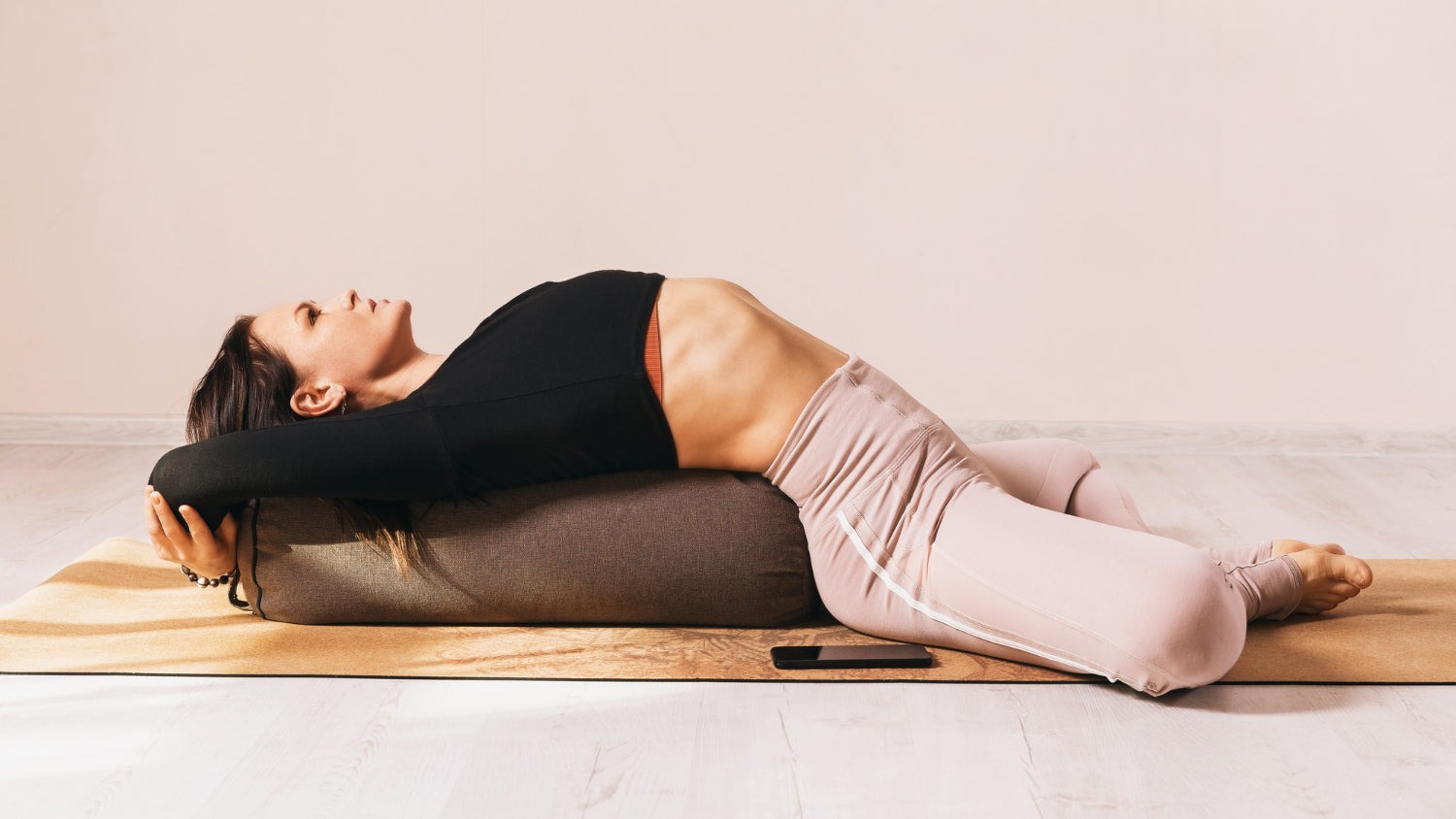Maintaining a healthy sex life isn’t just about relationships—it’s also about your overall physical well-being. A growing body of research confirms that physical fitness plays a critical role in improving sexual health, stamina, and satisfaction for people of all ages.
Whether you’re looking to enhance energy levels, reduce stress, or improve blood flow, certain exercises are scientifically backed to support sexual health—without requiring any explicit or uncomfortable details. Let’s explore how movement and muscle engagement can benefit your body and your relationship.
Why Exercise Supports Sexual Health

Your sexual performance is deeply connected to your cardiovascular, hormonal, and musculoskeletal systems. Here’s why:
-
Better blood flow leads to improved arousal and sensitivity.
-
Endurance and stamina help you avoid fatigue or discomfort.
-
Strong pelvic muscles support control and satisfaction.
-
Lower stress levels can improve desire and focus.
-
Flexibility and mobility can reduce discomfort and tension.
Regular movement also boosts self-esteem and body image—two essential components of sexual confidence.
1. Cardio Workouts for Endurance and Circulation

Why it matters:
Good cardiovascular health is crucial for healthy blood flow, which is directly linked to arousal and performance. It also helps regulate hormones, reduces anxiety, and increases energy levels.
Best exercises:
-
Brisk walking or jogging (30–45 minutes, 3–5 times/week)
-
Swimming – a full-body workout that’s joint-friendly
-
Cycling – improves lower body circulation
-
Dancing – fun, partner-friendly, and cardio-intense
Bonus:
A 2018 study in the Journal of Sexual Medicine found that men who exercised regularly had a significantly lower risk of experiencing erectile dysfunction, while women reported increased arousal and satisfaction.
2. Pelvic Floor Exercises for Control and Strength

Why it matters:
Often overlooked, the pelvic floor plays a vital role in sexual function. Strong pelvic muscles can enhance sensation, improve control, and reduce the risk of incontinence for all genders.
Best exercises:
-
Kegels (for men and women)
-
Tighten the muscles you’d use to stop urination. Hold for 3–5 seconds, then release. Repeat 10–15 times per set, 3 times a day.
-
-
Bridge pose (yoga)
-
Lie on your back with knees bent, feet flat. Raise hips toward the ceiling and engage your glutes and pelvic muscles. Hold for 5 seconds, repeat 10 times.
-
-
Bird dog
-
On all fours, extend one arm and the opposite leg while tightening core and pelvic muscles. Hold for a few seconds, then switch sides.
-
Bonus:
A 2022 review published in Urology found pelvic floor training to be a first-line treatment for various types of sexual dysfunction and urinary control.
3. Strength Training for Hormonal Health and Confidence

Why it matters:
Building muscle helps regulate key hormones like testosterone and estrogen, which play roles in libido and sexual performance. Strength training also boosts metabolism, body image, and emotional well-being.
Best exercises:
-
Squats – strengthens glutes and pelvic support muscles
-
Deadlifts – engages the lower back and hips
-
Push-ups or planks – improve core and upper body strength
-
Resistance bands – low-impact option for strength gains
Tip:
Focus on compound movements (those using multiple muscle groups) for maximum benefit. Aim for strength training at least 2–3 times per week, alternating muscle groups.
4. Yoga for Flexibility, Stress Relief, and Mind-Body Awareness

Why it matters:
Yoga enhances flexibility, reduces muscular tension, and improves mindfulness—helping you stay in the moment during intimate situations. Many yoga poses also strengthen the core and pelvic floor.
Best yoga poses:
-
Happy baby pose – stretches hips and lower back
-
Cat-cow pose – mobilizes spine and relieves tension
-
Cobra pose – opens the chest and strengthens the pelvic floor
-
Seated forward bend – stretches hamstrings and calms the nervous system
Mindful breathing:
Combine your poses with deep diaphragmatic breathing to reduce anxiety and increase blood oxygen levels, which supports arousal and focus.
5. Core Workouts for Stability and Balance
Why it matters:
Your core muscles (abs, lower back, obliques) provide stability, posture control, and balance—all of which contribute to comfort and endurance during physical intimacy.
Best exercises:
-
Plank (and side plank) – builds deep abdominal strength
-
Leg raises – strengthens the lower core and hips
-
Russian twists – targets obliques and rotational movement
-
Superman pose – strengthens the back and glutes
How often:
Incorporate core exercises 3–4 times per week. Even 10 minutes a day can make a difference.
6. Stretching and Mobility Work for Pain-Free Movement

Why it matters:
Tight muscles can cause discomfort, reduced movement range, or even pain during intimacy. Stretching promotes joint mobility and helps release tension in sensitive areas like the hips, thighs, and lower back.
Focus areas:
-
Hip flexors and hamstrings – improve hip range
-
Inner thighs (adductors) – allow better leg mobility
-
Lower back – prevents stiffness and soreness
-
Neck and shoulders – reduce built-up tension from stress
Suggested routine:
Try a 10-minute dynamic stretch before workouts and a cool-down static stretch afterward. On rest days, do light stretching or foam rolling.
7. Mind-Body Exercises to Enhance Focus and Desire
Why it matters:
Sexual desire often starts in the mind. Chronic stress, overwork, and emotional fatigue can lower libido—even when the body is healthy. Mind-body techniques enhance relaxation, awareness, and emotional connection.
Top mind-body practices:
-
Meditation (5–10 minutes daily): helps reduce cortisol and improves presence
-
Progressive muscle relaxation: tenses and relaxes each muscle group slowly
-
Guided visualizations: build mental intimacy and reduce performance anxiety
-
Couples breathing exercises: sync breath to build connection and trust
Bonus: Diet and Lifestyle Tips That Work With Exercise
Exercise is a major piece of the puzzle—but it’s even more effective when paired with smart lifestyle choices:
-
Stay hydrated – improves circulation and energy
-
Get quality sleep – 7–9 hours for hormonal regulation
-
Eat a heart-healthy diet – leafy greens, berries, lean protein, and omega-3s
-
Avoid tobacco and excess alcohol – both can impair performance and circulation
-
Manage stress – through journaling, therapy, or nature walks
Final Thoughts
You don’t need extreme routines or explicit content to improve your sexual well-being. Regular movement, mindful breathing, and strength building all support a more satisfying and connected experience with your partner.
By combining cardio, strength training, yoga, pelvic floor work, and core training, you can:
-
Boost physical stamina
-
Improve blood flow and flexibility
-
Reduce anxiety and improve mental focus
-
Build confidence and body awareness
And the best part? You’re also improving your overall health—heart, hormones, joints, and mind.





